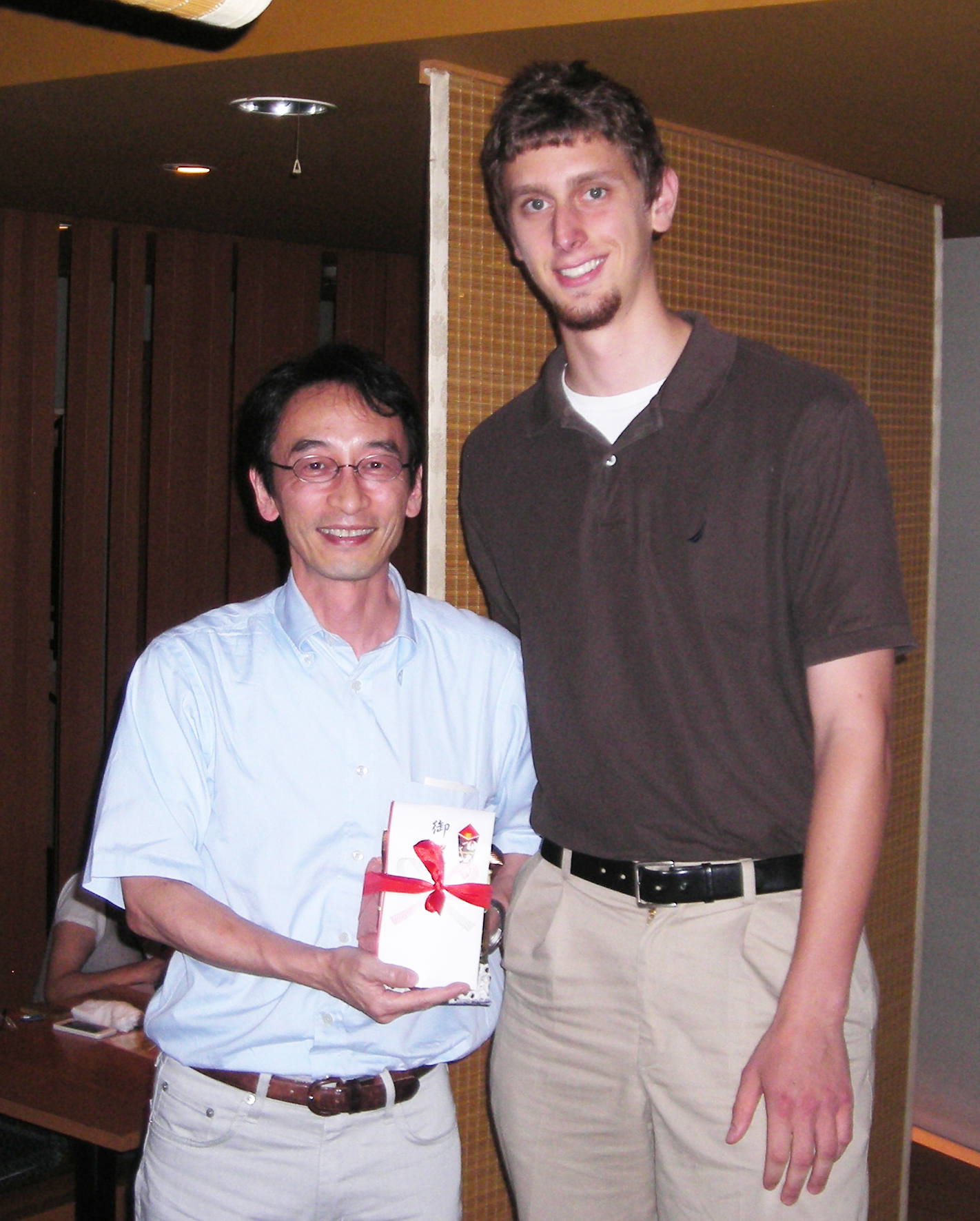Graduate student studies in Japan with National Science Foundation summer fellowship

Kenneth A. Brown of Wilmington, Del., a graduate student in the department of mechanical engineering at Virginia Tech, was awarded a summer fellowship from the Japan Society for the Promotion of Science in partnership with the National Science Foundation's East Asia and Pacific Summer Institute.
During the summer of 2013, Brown is conducting research at the Japan Aerospace Exploration Agency (JAXA), testing a new configuration for wind tunnels and facilitating accurate measurements of both aerodynamics and aeroacoustics simultaneously. The focus is on the JAXA hybrid test section, a duplicate of the Virginia Tech Stability Tunnel's own hybrid test section, which integrates an aerodynamically closed test section similar to traditional wind tunnels with an acoustically open testing capability similar to open-jet tunnels.
This dual measurement capability is attractive to industries where both aerodynamic loads and aeroacoustic sound production are a concern, such as in the civilian aircraft and wind turbine industries which are current research focuses of JAXA and the Virginia Tech Stability Tunnel, respectively.
"The goal of this research is to better define the Kevlar wall interference, which is how the presence of the Kevlar walls impact the data measured in the wind tunnel," said Brown. "I hope to extend a new method developed at Virginia Tech for use with a different test configuration used in Japan."
Virginia Tech and JAXA are the only two facilities worldwide to employ the novel Kevlar®-walled hybrid test section. In 2006, the Virginia Tech facility was developed by professors William Devenport, of aerospace engineering and Ricardo Burdisso of mechanical engineering.
The collaboration between Virginia Tech and JAXA presents a unique opportunity to direct the course of future aeroacoustics research by establishing a unified wall interference correction scheme for hybrid test sections.
Brown is working with his host scientist, Kazuomi Yamamoto of JAXA, who once spent time at Virginia Tech working with Wing Ng, professor of mechanical engineering at Virginia Tech.
In the spring of 2012, Brown began working as an undergraduate researcher in the Stability Wind Tunnel under the advisement of Devenport, also the director of the Stability Wind Tunnel. Brown and fellow graduate student Liselle Joseph designed a plenum and perforated plate attachment to implement a boundary layer blowing and tip suction system. Prototype testing was performed in Virginia Tech's Low Speed Cascade Wind Tunnel followed by full-scale implementation in the Stability Tunnel.
Later, in the fall of 2012, Brown began working as a graduate research assistant with the same group, where he developed two new measurement systems for Kevlar-walled wind tunnels: a static pressure port design for measuring wall pressure distribution and a stereo depth-finding system for detecting the wall's deflection.
Brown organized a month-long wind tunnel test in January that provided the testing grounds for these tools and also yielded results that are included in the publication, "The Kevlar-walled anechoic wind tunnel" (Devenport et al., 2013).
Brown has partnered with GE Power and Water and the Department of Energy on the development of a new fabric wind turbine blade plans to finalize his thesis on Kevlar-walled wind tunnels during the fall of 2013. After graduation, he hopes to catapult his work in fluid dynamics into the renewable energy industry, working on developing technologies such as wind, wave, or solar-thermal power generation.
He is a member of the newly formed research group headed by Devenport at the Virginia Tech Center for Renewable Energy and Aerodynamic Testing (CREATe).
Brown was also awarded a Davenport fellowship from the department of mechanical engineering and the recipient of a Virginia Space Grant Consortium fellowship.




